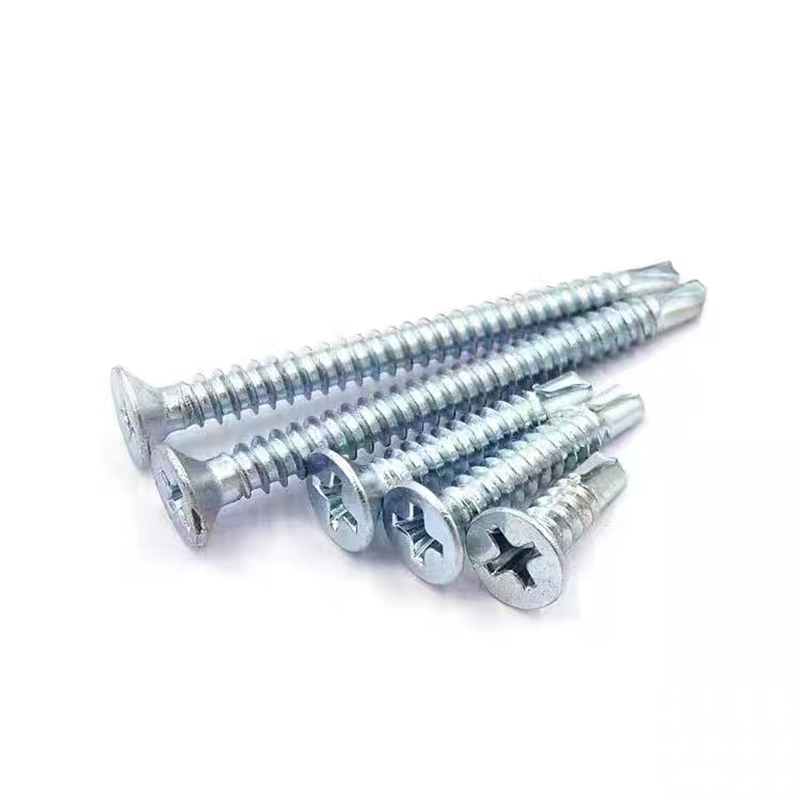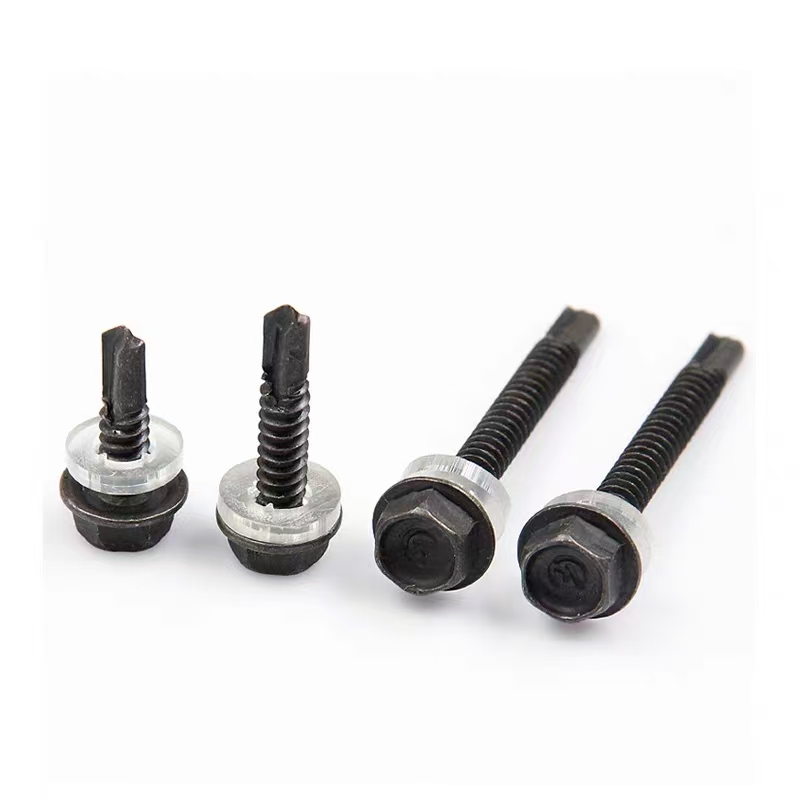- Chinese
- French
- German
- Portuguese
- Spanish
- Russian
- Japanese
- Korean
- Arabic
- Irish
- Greek
- Turkish
- Italian
- Danish
- Romanian
- Indonesian
- Czech
- Afrikaans
- Swedish
- Polish
- Basque
- Catalan
- Esperanto
- Hindi
- Lao
- Albanian
- Amharic
- Armenian
- Azerbaijani
- Belarusian
- Bengali
- Bosnian
- Bulgarian
- Cebuano
- Chichewa
- Corsican
- Croatian
- Dutch
- Estonian
- Filipino
- Finnish
- Frisian
- Galician
- Georgian
- Gujarati
- Haitian
- Hausa
- Hawaiian
- Hebrew
- Hmong
- Hungarian
- Icelandic
- Igbo
- Javanese
- Kannada
- Kazakh
- Khmer
- Kurdish
- Kyrgyz
- Latin
- Latvian
- Lithuanian
- Luxembou..
- Macedonian
- Malagasy
- Malay
- Malayalam
- Maltese
- Maori
- Marathi
- Mongolian
- Burmese
- Nepali
- Norwegian
- Pashto
- Persian
- Punjabi
- Serbian
- Sesotho
- Sinhala
- Slovak
- Slovenian
- Somali
- Samoan
- Scots Gaelic
- Shona
- Sindhi
- Sundanese
- Swahili
- Tajik
- Tamil
- Telugu
- Thai
- Ukrainian
- Urdu
- Uzbek
- Vietnamese
- Welsh
- Xhosa
- Yiddish
- Yoruba
- Zulu
- Kinyarwanda
- Tatar
- Oriya
- Turkmen
- Uyghur

How is hoop tech advancing sustainability?
2025-08-19
Sustainability in technology has become more than just a buzzword; it’s a real necessity. Hoop tech, a specific niche within tech focused on circular economy and resource efficiency, might hold the key. Many assume it’s all about high-level theory or expensive overhauls, but practical applications show otherwise, and this is something I’ve personally navigated.
Understanding Hoop Tech
The term hoop tech often misleads people into thinking it’s obscure. However, it’s essentially about creating a loop in production and consumption processes. One might draw parallels with the standard part production seen at companies like Handan Zitai Fastener Manufacturing Co., Ltd., where resource optimization is already integrated. The whole idea is less waste, more efficiency.
I’ve seen how companies grapple with initial costs versus long-term savings. The shift requires upfront investment, but once the hoops—loops of reuse and recycle—begin turning, the payback in both economic and environmental terms is substantial. Picture the standard parts industry, where close to zero waste is feasible with the right execution.
Yet, skepticism often arises. Will the savings materialize, or is it merely a theoretical dream? After embedding some practices in several projects, the tangible impact—reduced material costs and waste—slowly but certainly became evident.
Technology Integration Challenges
Integrating hoop tech isn’t without its hurdles. The technology might demand new skills or processes. Take Handan Zitai Fastener Manufacturing Co., Ltd.’s logistical advantages due to its strategic location near major highways and railways; this shows that infrastructure aligns closely with sustainable practices.
Innovation must meet practical implementation. For instance, I’ve encountered teams resistant to change, seeing short-term disruption rather than long-term gains. The transition needs strategic patience and buy-in from all levels.
But the real game-changer? Customizable tech solutions that fit specific business models. This flexibility can ease integration pain points significantly, just as tailored solutions can be optimized for logistics and standard parts production.
The Role of Collaborative Networks
Hoop tech thrives on collaboration. At events and forums, I’ve seen firsthand how sharing insights accelerates progress. Companies need to look outside their silos. Networking with peers can lead to breakthrough ideas, which might seem obvious but often isn’t leveraged enough.
Handan Zitai Fastener Manufacturing Co., Ltd.’s position provides a lesson here; being near logistical networks can naturally foster collaboration. Suppliers, buyers, and tech providers can exchange best practices more smoothly, driving the shared sustainability agenda.
However, there’s caution in excessive reliance on external entities. Balance is key. While networks catalyze innovation, in-house capabilities shouldn’t be neglected.
Measuring the Impact
Without measurement, hoop tech efforts risk remaining anecdotal. I’ve seen businesses stumble without clear KPIs. Pinpointing metrics—be it waste reduction or resource reallocation—provides evidence of success and areas needing improvement.
Handan Zitai Fastener Manufacturing Co., Ltd. might focus on streamlined production, a concept mirrored in sustainable hoop tech practices. Metrics here would not only include direct environmental benefits but also economic indicators such as cost savings.
Yet, organizations sometimes grapple with overcomplex metrics, losing sight of practical insights. Simple, clear indicators usually yield far better results when implemented diligently.
Future Directions
Looking forward, hoop tech must adapt to evolving demands. At first glance, ideas like digital twins or AI-driven optimization might seem outlandish. However, they can facilitate even deeper integration of sustainable practices, beyond the obvious material considerations.
For companies like Handan Zitai Fastener Manufacturing Co., Ltd., exploring these advanced technologies could streamline not only logistics but also the entire manufacturing pipeline, ensuring they stay ahead in sustainability.
Simultaneously, we must remain vigilant about tech overreach. The focus must stay on practical benefits rather than jumping onto every technological bandwagon.












